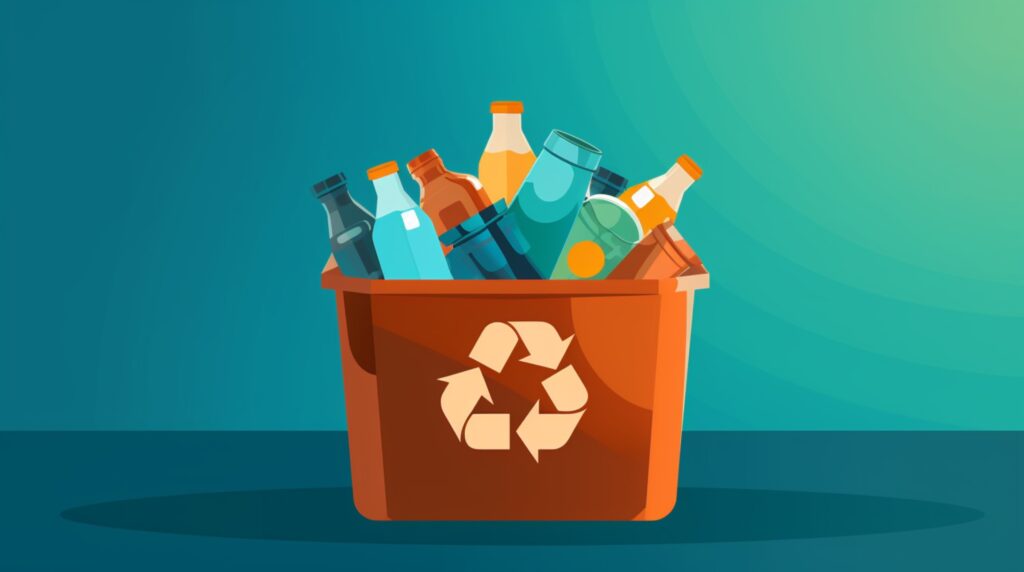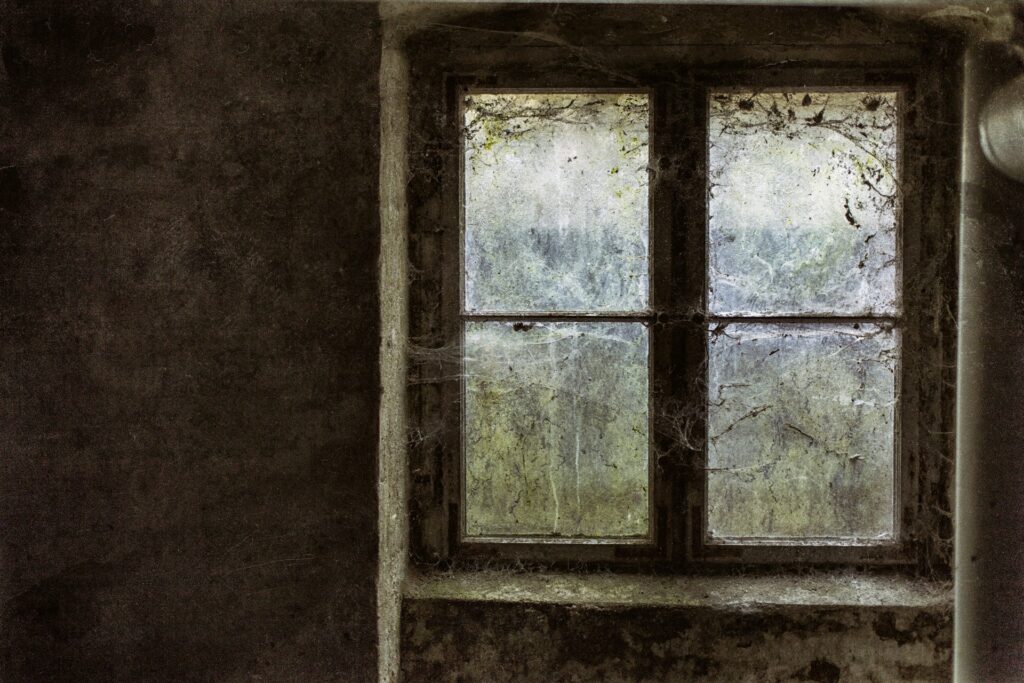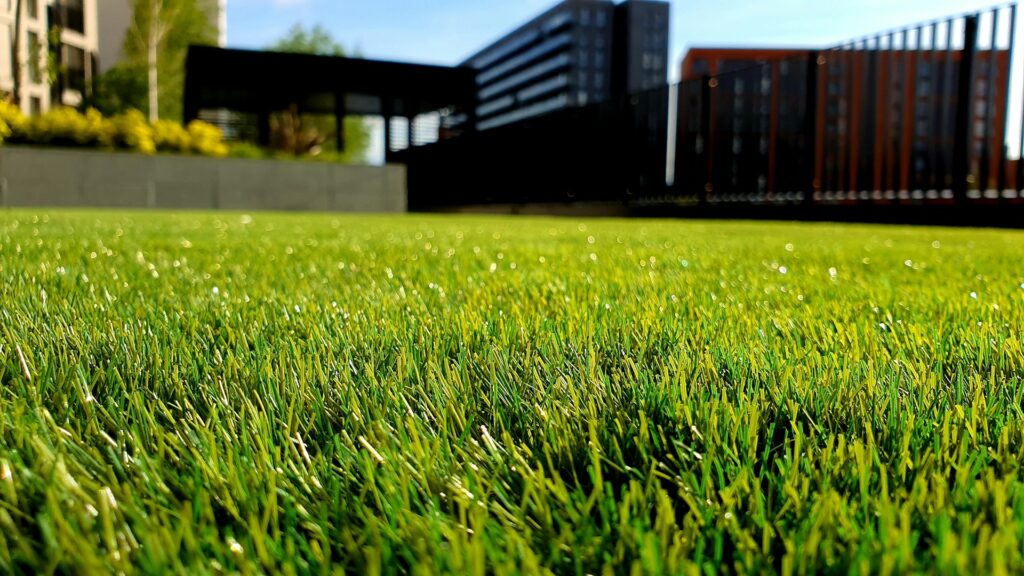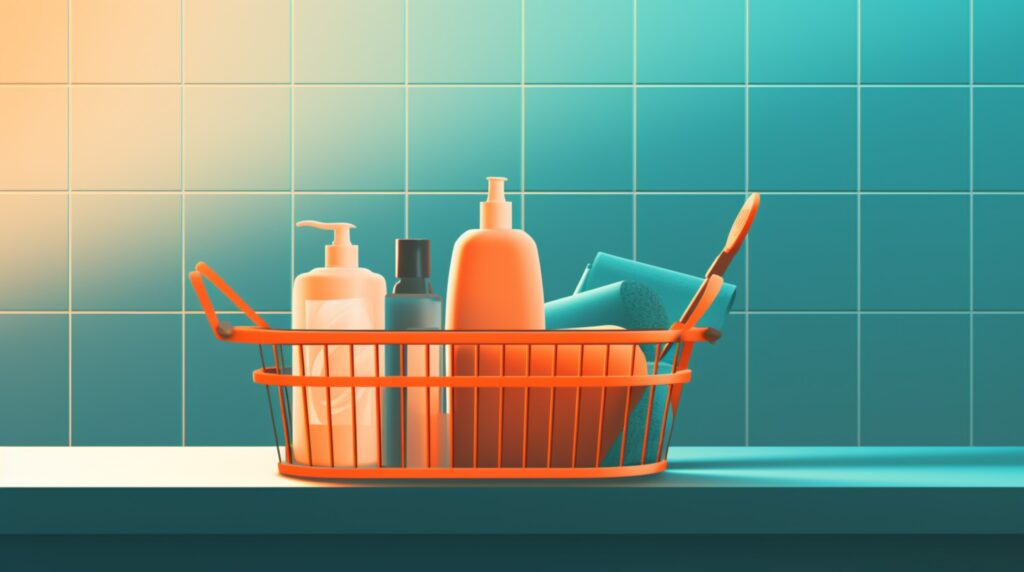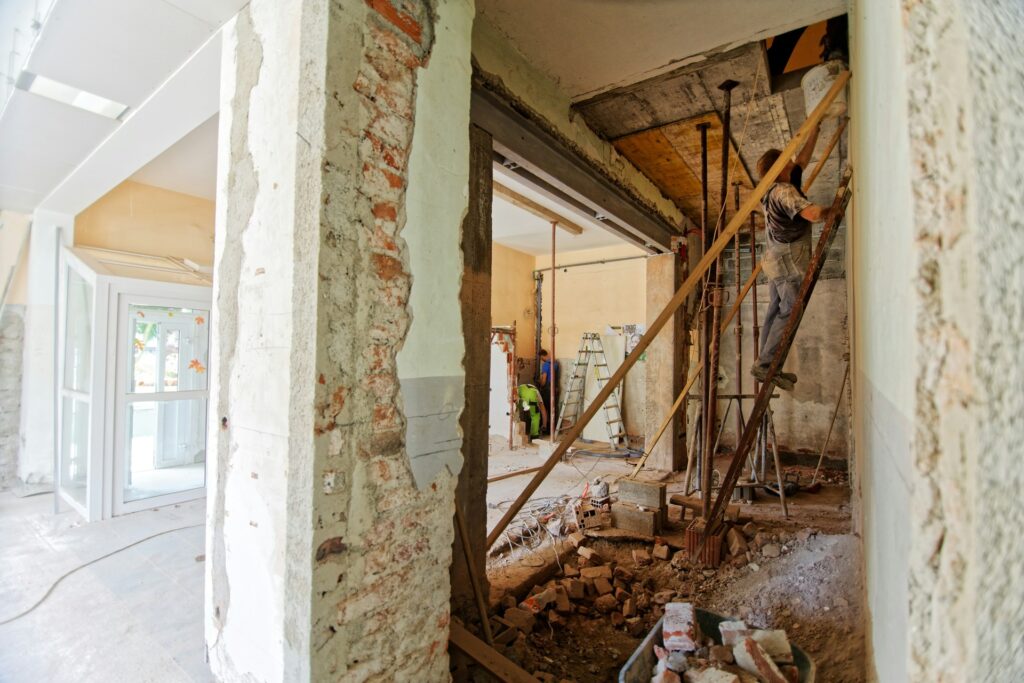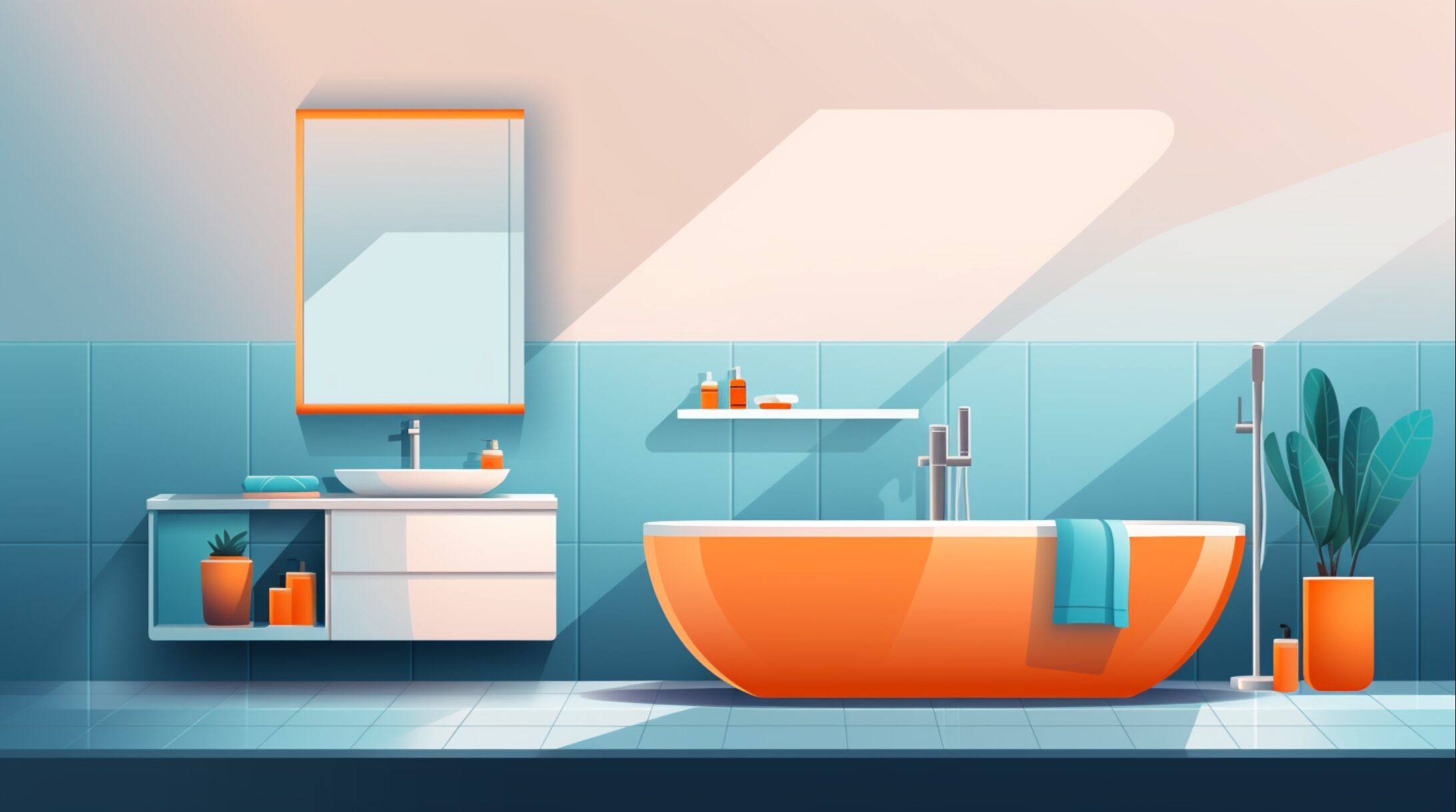
We are reader-supported. When you buy through links on our site, we may earn an affiliate commission.
Here is all the advice and tools you need to clean a bathroom like a professional house cleaner. Learning how to clean a bathroom the right way is empowering. It decreases resistance and the sickening feeling most people get about cleaning their toilets. If you want sparkling mirrors and porcelain for the rest of your life, these are the easiest ways to swiftly take care of the damage.
Changing Your Mindset
Many do not clean their bathrooms regularly for a few reasons. First, it isn’t exactly the most glamorous. You might be resistant because you think it’s gross. Secondly, perhaps you think it will always be a huge undertaking. People who always have clean bathrooms know this secret — you should never have to deep clean your bathroom again if you maintain weekly or biweekly maintenance cleanings. The frequency depends on usage and house occupancy.
If you only clean a bathroom once every six months, it will take you several hours and a headache to get it back to normal. But, if you do one thorough deep cleaning, regular touch-ups after this should take less than 10-20 minutes a piece. Once you discover how little time it takes to get it presentable, the task becomes less intimidating — primarily when you have the right tools, strategies and checklist on hand.
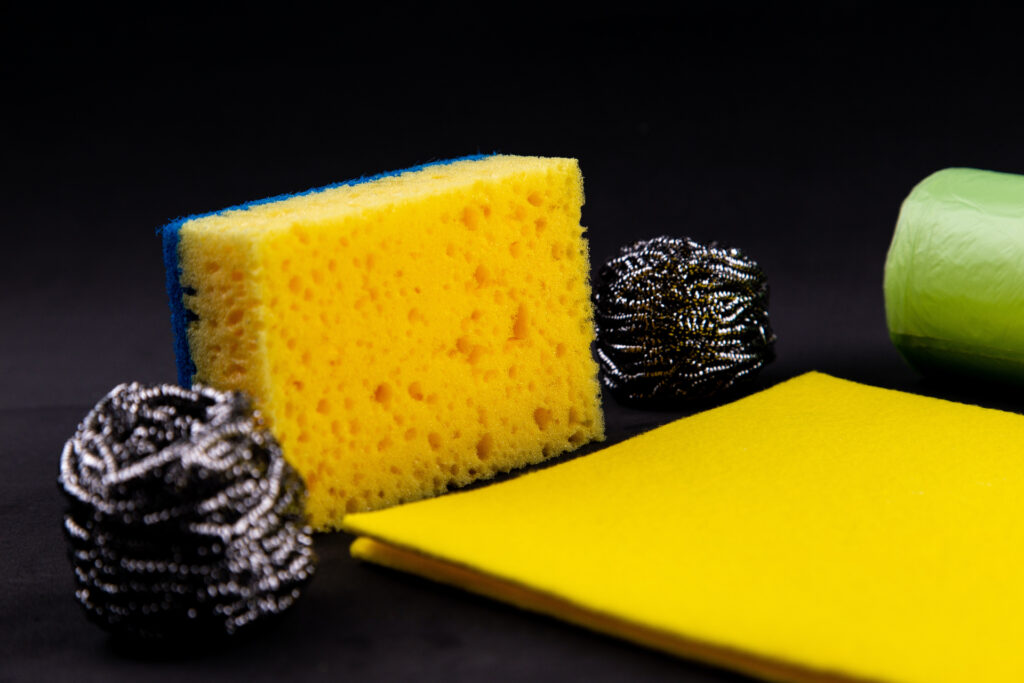
Tools You Will Need
We will separate this into two categories. First, let’s discuss the tools you should always have:
- Vinegar-water spray
- Disinfectant
- Cleaning towels, including microfiber if you have them
- Reusable silicone gloves
- Optional: bucket
We aren’t joking — you could clean the bathroom with only these items. You can even make many cleaners yourself. You could even do a deep clean with these, but it might take longer. Many choose to use the spray cleaning method, dispensing liquids straight from a bottle.
However, most professional cleaners will tell you that you get more bang for your buck if you pour a small amount of disinfectant into a bucket of hot water and dip your towels in that. All you have to do is periodically replace the water when it gets cool or dirty.
If you’re going in for a deep clean, here are additional items that will help efficiency:
- An abrasive, such as a sponge or something similar to a Scotch-Brite scouring pad
- Steel wool
- Cleaning foam, something akin to a Magic Eraser
- A higher duster
- A straight razor
- Mop
- Toilet bowl brush
- An old toothbrush or similar utensil
- Cup
- Squeegee
- A cleaner to tackle soap scum, such as Scrubbing Bubbles or even some oven cleaners
- Optional: protective eyewear for dust and water
Not all of these are required, but they will make your life easier. Additionally, depending on your height, you might need a step stool.
The Golden Rules of Cleaning
These two tips apply to every room in your house, and they apply to the bathroom as well. It only makes sense to know how to clean each part of the bathroom after first doing these two things.
First, always clean top to bottom. Imagine cleaning the floor first because it is easy, but then you dust particles off the sink. It renders your efforts moot.
Secondly, always wipe dry what you wipe wet. Even though it appears you got rid of the dirt and dust with a damp wipe, it only clumps the particles. A towel may not grip on everything while it is wet. Therefore, you should always have a wet towel in one hand and a dry one in the other. First, wipe it wet, then wipe it dry for the best results.
Lastly, the essential tools and liquids recommended are gentle enough to work on most surfaces. However, always verify if certain materials, like porcelain, painted surfaces, tile, and stone, are compatible with your tools. For example, if it isn’t sealed, many abrasives on a painted surface could peel it away.
How to Clean a Bathroom Area by Area
Let’s go over the details of how you should clean the bathroom with the abovementioned tools.
Glass
Glass is tricky. You may have a shower with a glass door, or the only glass item in the bathroom is the mirror. Regardless, the best way to get rid of water spots and prevent streaking is to use a vinegar-water spray. One or two sprays should do it. Wipe with a dry towel or microfiber cloth in a figure-eight motion. Wipe with a squeegee if necessary.
Sinks
Limescale buildup or other tough grime might be under and behind your faucet. This is the time to break out the razor. Use it to chip away at the building carefully. With a careful hand, it will not scratch up the faucet. You can also tear it up with an abrasive sponge or steel wool. Always review whether or not these materials will scratch what your appliances are made of. You can also eliminate any orange staining around the drain with the sponges.
Once you take care of that, wipe down the surface with disinfectant. If you feel resistance from your towel, it means soap scum or other invisible buildup is lurking on the surface. The best way to check for this is to run a Magic Eraser or abrasive sponge over the area. Apply some pressure and scrub. You’ll know there’s no scum left once all objects glide over every spot. You can polish silver with disinfectant or the Magic Eraser-style foam.
Bathtubs and Showers
If you have an all-in-one shower-tub combo, spray the area with Scrubbing Bubbles or a similar product. Let it sit to activate. This will begin eating away at soap scum. You’ll want to go over the shower and tub the same way as the sink, hunting for and tending to hidden soap scum on the way. If you have shower tracks, remove as much grime as possible with a small toothbrush.
Don’t forget to hit the top ledges and the shower head that too often go overlooked. When complete, use a detachable shower head or a cup of water to rinse the walls.
Suppose you have grout forming an unsightly orange or pink color — scrub at it with a brush. If nothing works, you may need to treat it with diluted bleach. Practice with caution.

Toilets
The beautiful thing about the toilet is that it only needs a disinfectant spray. Wipe as normal. Scrubbing the bowl of grime and filth works the same way you tackle soap scum in a tub. Sometimes, a brush will not cut it and you’ll have to put on gloves and scrub manually.
You should always clean the entire toilet every time you clean, even if it is a routine weekly overview. It sounds extra, but you will clean it in no time once you get into the practice. Here are all of the areas:
- Top and sides of the tank
- Top and bottom of the lid
- Lid hinges
- Handle
- Top and bottom of the seat
- Inside the bowl
- Front and side of the bowl
- The base and floor around it
Floors, Walls and Miscellaneous
Though those are the main aspects of a bathroom, you can’t forget these other essential areas that determine the room’s cleanliness. Here are bonus tips for a comprehensive clean:
- Use disinfectant and vinegar works for all flooring types. Mop in figure-eights. If you notice streaking, it means you used too much product. For wood floors, dilute an oil soap, like Murphy’s or lemon oil, in hot water and mop for a shine.
- Check baseboards for sitting dust.
- Use a long-reaching duster to tackle dust bunnies in ceiling corners.
- Wipe down vents for dust and be wary of mold. If you notice mold, contact a professional.
- Wipe cabinetry doors, shelves and ledges.
- Clean the door, frame and doorknob.
- Clean the switchplate and other areas where finger oils would be present.
- Check any hung art or decor for dust and grime.
- Empty and clean trash bin.
How to Clean a Bathroom Perfectly Every Time
This is how to clean a bathroom like a professional. You don’t need a lot of fancy cleaners to get the job done, but if you want to level up your speed and efficiency, this is how. Share other helpful tips with us so everyone everywhere can have a sparkling bathroom all day, every day.



